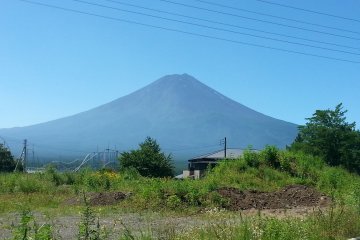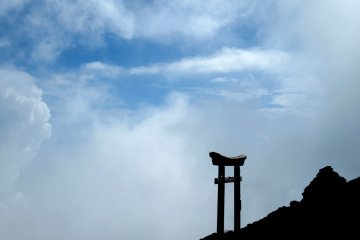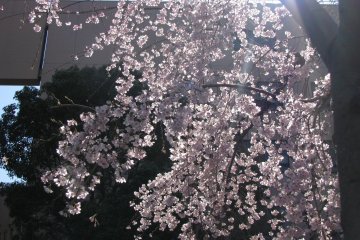
Воспоминания о восхождении на гору Фудзи
Amanda HoОт пятой станции к вершине, вверх и вниз по горе Фудзи за 13 часов

At 3,776 meters above sea level, Mount Fuji or Fujisan is the highest and most famous mountain in Japan. It is located on the main island of Honshu on the borders of the Shizuoka and Yamanashi prefectures and, when the weather is clear, is even visible from Tokyo. It has been since 2013 part of the UNESCO World Heritage.
The Mount Fuji trails officially open from July 1st (Yoshida Trail) and July 10th (others) and remain open until September 10th. Check the latest climbing status.
It is a stratovolcano on the Pacific Ring of Fire, which is classified as active, but with a low risk of eruption. Its last known eruption was in 1707 and lasted about two weeks. At the northern foot of the mountain are the five Fuji lakes.
In Shinto, Mount Fuji has been sacred for centuries and around it are more than 1,300 so-called Sengen shrines. The mountain also plays an important role in Buddhism, because in the so-called Shugendo, climbing a mountain is viewed as an expression of faith. Due to the strikingly symmetrical volcanic cone, Fuji is widely regarded as the most beautiful mountain in the world and is often viewed as a symbol of Japan. At the same time, it is a popular subject in Japanese art and can be found, among other things, in the famous woodblock prints by the artist Hokusai. Fuji is also the subject of many poems in literature.
Four hiking routes lead from different starting points to the summit of Mount Fuji: Yoshida Route, Subashiri Route, Gotemba Route and Fujinomiya Route. Climbing Mount Fuji is only permitted during the summer months from mid-July to mid-September; the routes and mountain huts are closed out of season.

От пятой станции к вершине, вверх и вниз по горе Фудзи за 13 часов

Наблюдать восход солнца с вершины Фудзиямы, самой высокой горы Японии, это незабываемый опыт - несравнимый с любым другим восходом, которые я когда-либо видела.

Личный опыт путешествия на легендарную Фудзи-сан в Японии

Центр Фудзи-сан как Мирового наследия в Сидзуоке предоставляет шанс изучить гору-вулкан. Красивое отражение здания Центра в воде напоминает Фудзи-сан. Внутри, вдоль пандуса, поднимающегося вверх, демонстрируются пейзажи, которые можно увидеть при подъёме на гору.

Гору Фудзи, величественную, священную и высочайшую гору в Японии, не стоит недооценивать при планировании похода с целью достижения ее вершины.

Shiraito Falls is a waterfall in Fujinomiya, Shizuoka Prefecture, near Mount Fuji, Japan. It is part of Fuji-Hakone-Izu National Park and has been protected since 1936 as a Japanese Natural Monument. The falls were regarded as sacred under the Fuji cult. [Wikipedia]

В данном блоге используется личный опыт восхождения на Фудзи-сан. Хотя нам не удалось достичь вершины, любой опыт является полезным для того, чтобы в следующий раз восхождение оказалось успешным.

Первые впечатления от цветущей сакуры трудно выразить словами! Удачная поездка на Фудзи-сан.